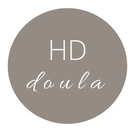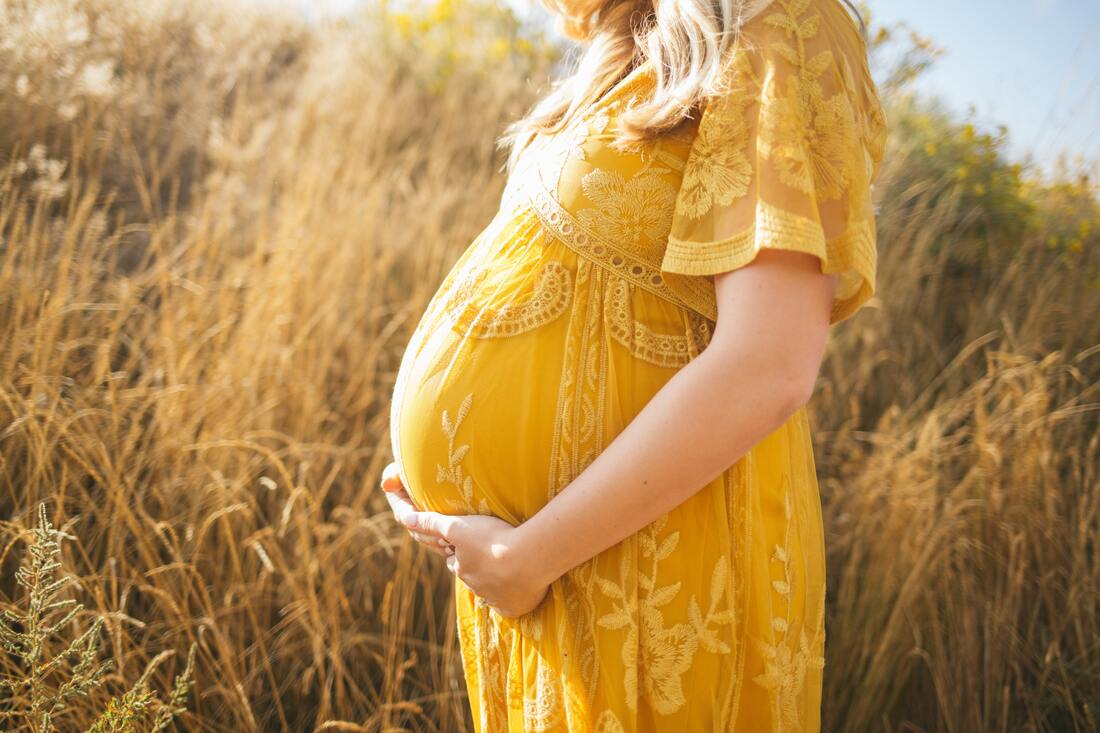|
The journey of pregnancy and the experience of birth are two of the most important times in a woman's life. From the very moment you find out you're pregnant it can feel like questions and decisions to be made start flying your way. What foods should I eat and which ones should I avoid? What should I do about this morning sickness? Who should I choose as my care provider? What about all these screenings and tests and ultrasounds? Do I need to get a flu shot now? Where should I birth my baby? HOW should I birth my baby? Although your baby isn't in your arms just yet, you are already a parent and must start making choices for yourself and your baby. Every woman will choose differently based on her biases and personal research, but regardless, I strongly encourage new mothers to make informed decisions - that is, decisions based on the latest and best research, made after your made aware of the risks and benefits. "If you don't know your options, you don't have any." - Diana Korte To help create empowering and safer pregnancy and birth experiences, educating yourself is the best thing that you can do! Many women rely solely on the knowledge of their care provider and simply follow recommendations during their pregnancies as well as in labor. They are the experts after all, right? I would argue that you are the expert when it comes to your body and your baby. You will live with the outcomes of your choices. Your choices matter! It may be difficult to know where to start. Here ---> Evidence Based Birth <--- is one of my favorite resources for finding evidence based pregnancy and birth related information. I've compiled a list of topics below to get you started in your research. When you're done working your way through, hire a certified birth doula to help support you in YOUR choices. Pregnancy
Labor • Expectant management vs active management • Intermittent auscultation vs continuous or intermittent electronic fetal monitoring • IV vs heparin lock vs needle free • Comfort and coping measures vs narcotic pain management • Timing and augmenting labor: vaginal exams, artificially breaking water, pitocin Birth • Choice of pushing and birthing position and pushing methods • Episiotomy vs naturally tearing • Immediate clamping and cutting the cord vs optimal cord clamping • Birthing the placenta: active vs expectant management of the third stage of labor • Skin to skin: “kangaroo care” • Family centered cesarean Newborn and Postpartum Care • Suctioning baby’s nose and mouth at birth • Wiping baby “clean” at birth • Baby’s microbiome and lifelong health implications • Prophylactic eye treatment • Vitamin K injection • Hepatitis B vaccination • Circumcision • Nursery care: separation of mom and baby, pacifier and bottle use with a breastfeeding newborn, first bath • Breastfeeding • Placenta encapsulation • Postpartum planning This may look like a lot of information to research. Choose one thing and start there. Educating yourself does not need to be stressful.
Come to your own personal conclusions based on best evidence and what works well for you and your growing family. A few more places to find evidence based information: • childbirthconnection.org • hencigoer.com - search “articles” • The Natural Pregnancy Book by Aviva Romm, MD • Natural Baby & Childcare by Lauren Feder, MD Comments are closed.
|




